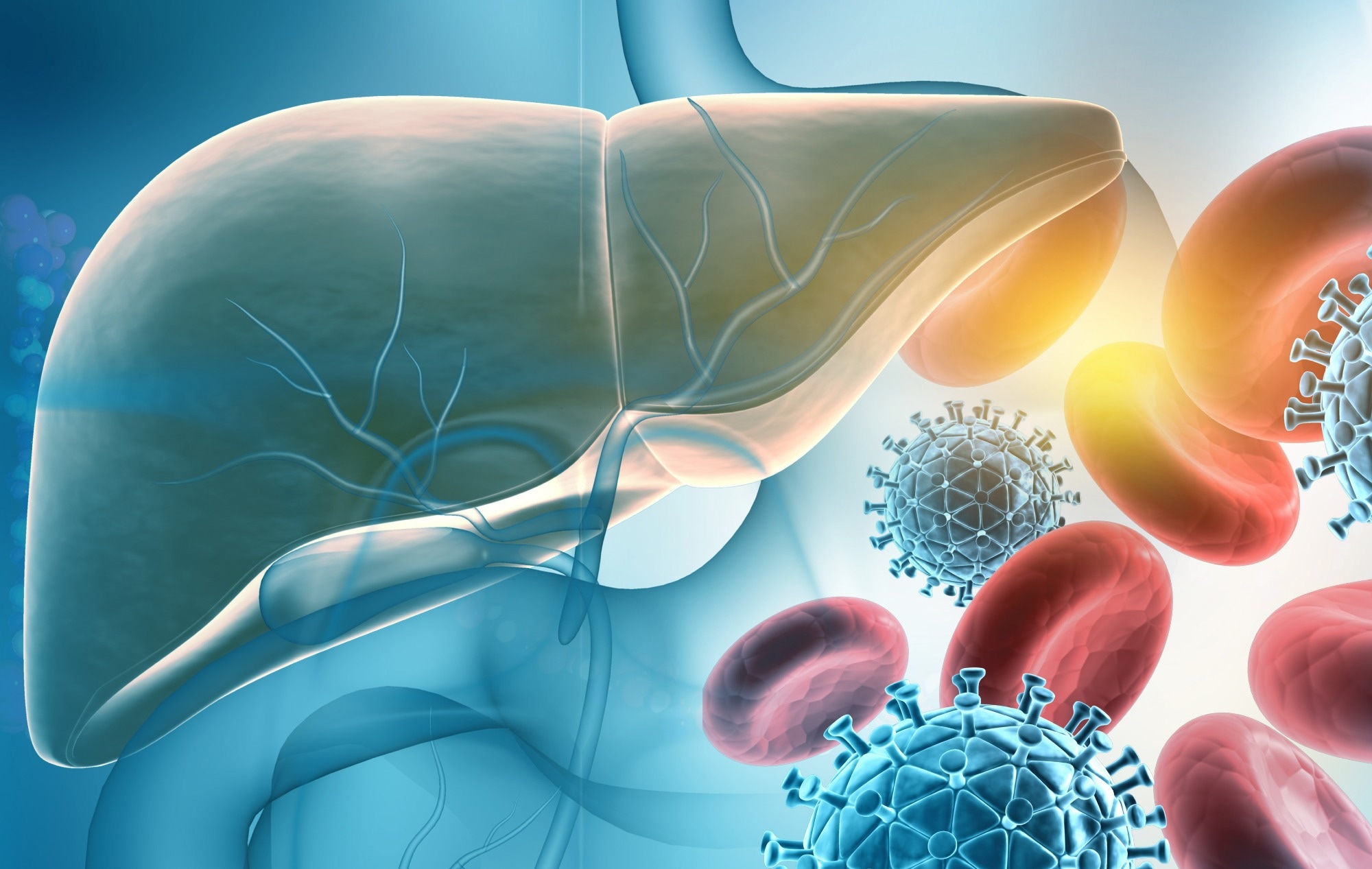Scientists at the Institute of Microbial Chemistry, Japan, have isolated selective antiviral compounds from a rare bacterial strain to target hepatitis B virus. The study is published in The Journal of Antibiotics.
 Study: Catenulopyrizomicins, new anti-Hepatitis B virus compounds, from the rare actinomycete Catenuloplanes sp. MM782L-181F7. Image Credit: Explode/ Shutterstock
Study: Catenulopyrizomicins, new anti-Hepatitis B virus compounds, from the rare actinomycete Catenuloplanes sp. MM782L-181F7. Image Credit: Explode/ Shutterstock
Background
Hepatitis B virus (HBV) causes chronic liver infection in humans, which increases the risk of hepatic cirrhosis and hepatocellular carcinoma. Seroclearance of hepatitis B surface antigens with sustained viral suppression is considered the gold standard treatment for HBV infection.
Pegylated interferon-α and nucleotide/nucleoside analogs are the two classes of approved anti-HBV drugs that can suppress the disease progression but cannot eliminate viral antigens. Thus, it is necessary to identify new drug classes with distinct modes of action that can be used in combination with approved drugs to control HBV infection.
In this study, scientists have screened microbial fermentation broths to identify novel non-nucleoside inhibitors of HBV replication. They have determined the structures and modes of action of identified compounds.
For the screening, they have used a new system, HBV103-AdV, which employs an adenovirus vector to detect replicating viral genomes. The system can evaluate the inhibitory efficacy of a test drug over a period of 4 days.
Important observations
A rare actinomycete strain MM782L-181F7 fermentation broth was screened to identify novel HBV replication inhibitors. The broth was found to reduce the level of intracellular viral DNA with moderate but notable selectivity. The sequencing of the strain showed 99% similarity with Catenuloplanes sp. Based on this finding, the strain was designated Catenuloplanes sp. MM782L-181F7.
Three active compounds, including catenulopyrizomicin A, B, and C, were isolated from the broth for further characterization. The structural analysis revealed that the compounds have a thiazole-pyridine skeleton related to kanamycin.
The analysis of the anti-HBV activities of the compounds revealed that catenulopyrizomicins can dose-dependently reduce the level of intracellular viral DNA in liver cells infected with HBV103-AdV. An induction in extracellular viral DNA was observed in catenulopyrizomicin-treated cells prior to the reduction of cell viability. Moreover, the compounds were found to reduce wild-type viral DNA in infected cells at micro-molar concentrations. However, the compounds showed lower selectivity for the wild-type virus than that for HBV103-AdV.
Mode of action
HBV polymerase exhibits two metal-dependent enzymatic activities, including reverse transcriptase and RNAse. These activities are required for viral genome replication. Many antiviral drugs work by inhibiting the activity of viral DNA polymerase.
Analysis of the mode of action of catenulopyrizomicins revealed that the compounds have no significant effect on polymerase activities, even at high concentrations. Further analysis revealed that the compounds alter plasma membrane permeability and facilitate the release of intracellular viral DNA during viral replication. This finding explains the induction of extracellular viral DNA following the treatment with catenulopyrizomicins.
Mechanistically, mature nucleocapsids are enveloped by a lipid bilayer and HB surface antigens and subsequently released as extracellular viral particles. The effect of catenulopyrizomicin-induced altered membrane permeability on virion formation was evaluated by harvesting and characterizing extracellular viral particles.
The findings revealed that the treatment with catenulopyrizomicins significantly increases the number of non-enveloped naked nucleocapsids in the extracellular medium. This observation indicates that catenulopyrizomicins promote the release of immature virion particles from infected cells by altering membrane permeability.
Study significance
The study describes the isolation and characterization of new anti-HBV compounds (catenulopyrizomicins) from the rare bacterial strain Catenuloplanes sp. MM782L-181F7. Catenulopyrizomicins contain a thiazole-pyridine moiety similar to the antibiotic kanamycin.
Mechanistically, these novel compounds exhibit anti-HBV activity by increasing the membrane permeability of infected cells and inducing the release of immature viral particles from the cells.
The endosomal sorting complexes required for transport (ESCRT) machinery are required for the process of viral budding. However, immature viral particles are released from infected cells via an ESCRT-independent pathway. In this study, scientists could not evaluate the effects of catenulopyrizomicins on these pathways because of the low cytotoxicity selectivity of the compounds.